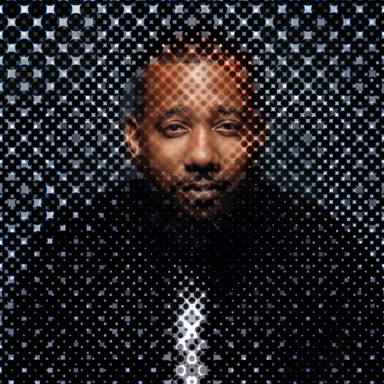
Complex Simplicities
By Jon Jackson on Oct 07, 2014
As a design student, I worked evenings and weekends at a sporting goods store, selling snowboards, skis, kayaks and knives to pay for beer and trips to Kinko’s, mostly in that order. Perhaps unsurprisingly, the Swiss Army knife was a constant bestseller. Whereas most knives in the case were designed for very specific purposes, they were routinely outsold by the versatile Swiss Army knife. They couldn’t compete with a knife that crammed so much utility into such a small space.
At our agency, we’ve built a reputation for simplicity in design and a focus on giving users what they want. But is simplicity what users want? Today’s faddish obsession with simple, flat design ignores what made the Swiss Army knife the most sought after piece in the case: it eliminates beautiful complexities rather than celebrating them. The reason the Swiss Army Knife is such a timeless bestseller is that it manages to be both simple and complex at the same time, offering complexity in a simple way, and understanding that the true value it offers is in always being the right tool at the right time.
John Maeda, former President of the Rhode Island School of Design, emphasizes that simplifying things should not have to mean losing intricate elements. People love complexity—whether it’s a multi-hued sunset or an unexpected plot twist. No one communicated this better than Massimo Vignelli: “We love complexities but hate complications!”
Simple design should not feel one-note. Simple design should be stunning. Vignelli’s deep understanding of turning complexity into great design was unmatched: “…if no one understands the result or the meaning of all that effort, the entire work is useless… Any artifact should stand by itself in all its clarity. Otherwise, something really important has been missed.”
Knowing this, how do we make sure that we have not left out the small but essential elements in our pursuit of great design? We have to identify - and protect – the details that are intrinsic to the product, design, brand or human need. This process has to begin before ads get shot and websites get designed. If we take the time to get to a pure idea and build up slowly, rather than chipping away at a pile of ideas, the simple result will be beautiful and user-centric rather than flat and empty. This approach, we find, leads to more timeless design, which is something we see becoming increasingly important in digital design.
We feel that this is the way to create things that feel surprisingly easy and simple to use, all the while hiding a world of complexity beneath, say, a red case with a white cross on top. This thinking will lead us to the next wave of responsive multi-platform experiences—visually interesting as well as functional, allowing users to complete that tasks faster.
Jon Jackson, Executive Creative Director at Huge
At our agency, we’ve built a reputation for simplicity in design and a focus on giving users what they want. But is simplicity what users want? Today’s faddish obsession with simple, flat design ignores what made the Swiss Army knife the most sought after piece in the case: it eliminates beautiful complexities rather than celebrating them. The reason the Swiss Army Knife is such a timeless bestseller is that it manages to be both simple and complex at the same time, offering complexity in a simple way, and understanding that the true value it offers is in always being the right tool at the right time.
John Maeda, former President of the Rhode Island School of Design, emphasizes that simplifying things should not have to mean losing intricate elements. People love complexity—whether it’s a multi-hued sunset or an unexpected plot twist. No one communicated this better than Massimo Vignelli: “We love complexities but hate complications!”
Simple design should not feel one-note. Simple design should be stunning. Vignelli’s deep understanding of turning complexity into great design was unmatched: “…if no one understands the result or the meaning of all that effort, the entire work is useless… Any artifact should stand by itself in all its clarity. Otherwise, something really important has been missed.”
Knowing this, how do we make sure that we have not left out the small but essential elements in our pursuit of great design? We have to identify - and protect – the details that are intrinsic to the product, design, brand or human need. This process has to begin before ads get shot and websites get designed. If we take the time to get to a pure idea and build up slowly, rather than chipping away at a pile of ideas, the simple result will be beautiful and user-centric rather than flat and empty. This approach, we find, leads to more timeless design, which is something we see becoming increasingly important in digital design.
We feel that this is the way to create things that feel surprisingly easy and simple to use, all the while hiding a world of complexity beneath, say, a red case with a white cross on top. This thinking will lead us to the next wave of responsive multi-platform experiences—visually interesting as well as functional, allowing users to complete that tasks faster.
Jon Jackson, Executive Creative Director at Huge

Related
Walter T. Geer III: "DEI Is Dead"
VMLY&R Health exec explains how the industry dropped the ball on diversity
To AI or not to AI?
ADC 101+1 designer shares his experience experimenting with AI
Shaking Up Is Hard To Do
Critical Mass exec + One Club Member Grant Owens navigates us through change in tumultuous times
Unapologetically Hispanic
Our very own One Show Director speaks about Hispanics within the advertising industry and beyond



